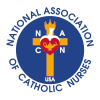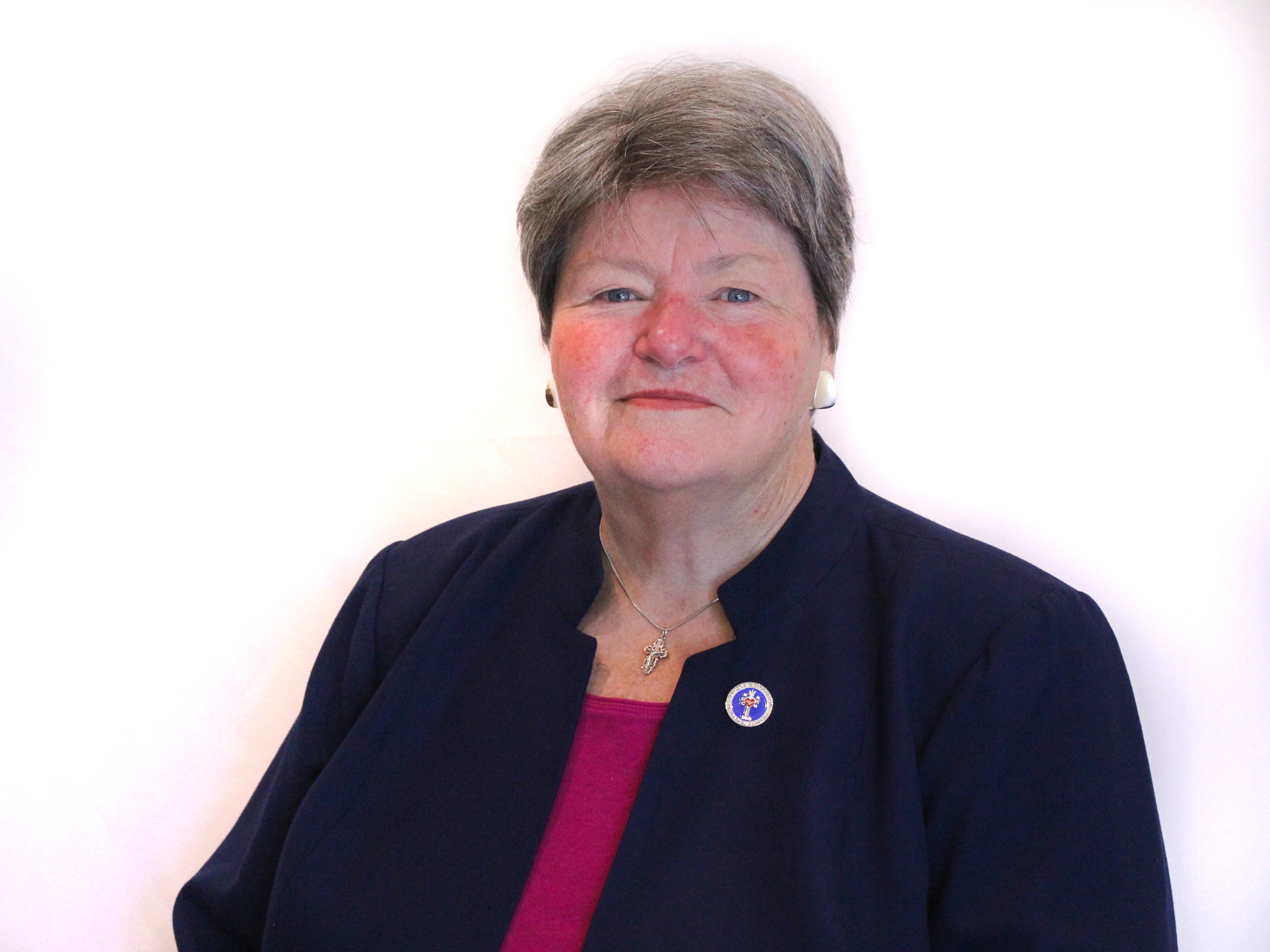The First Civil Disobedience Case in Recorded History Involved Two APNs (13 Century B.C.)
An Overview of the Right of Conscience Exercised by Shiphrah and Puah
By Patricia A. Sayers, DNP, RN
This article reviews the first civil disobedience case in recorded history. The case occurred in Egypt during the 13 Century B.C. The case involved two advanced practice nurses (APNs) named Shiphrah and Puah (Exodus 1:15-16). Both APNs exercised “right of conscience” actions which saved a generation of Jewish people and continues to alter the course of global events to this day.
Shiphrah and Puah shared the same nursing specialty: midwifery. As nurse midwives, Shiphrah and Puah rendered care to women before, during, and after childbirth. Also, within their scope of practice, was the care of newborns and infants. During the time period of their work, it is generally agreed that Shiphrah and Puah were midwifery leaders among the Egyptian midwife community. Historical agreement about the heritage of Shiphrah and Puah is lacking. Sources report that they may or may not have been Hebrew. What is written clearly is that both APNs were “God fearing”(Exodus 1:17). The essence of their story follows.
In 13 Century B.C., a new Pharoah came to power in Egypt. The new Pharaoh was threatened by the growing population of Hebrews. To eliminate the possibility of Hebrew uprisings due to conflicts in customs, traditions, and laws, the new Pharaoh sought to reduce the Jewish population and cancel the Jewish culture in Egypt. A decree was made to reduce the Hebrew population which would reap productivity gains referred to today as demographic dividends. The decree was Hebrew enslavement.
Jacob’s Hebrew ancestors residing in Egypt were enslaved. The newly enslaved Hebrews were tasked with building the “store-cities of Pithow and Rameses”(Exodus 1:12). This burden was thought to reduce Hebrew life spans and family sizes. To the chagrin of the Pharaoh, the Hebrews grew stronger, and their population increased.
A second population reduction strategy was implemented. This time, the Pharaoh summoned the nurse midwives Shiphrah and Puah. Both Shiphrah and Puah were ordered to terminate the lives of newborn male Hebrews during the birth process. Shiphrah and Puah’s life sparing actions that followed became the first documented cases of civil disobedience. The APNs did not kill the newborn Hebrew boys.
Later Shiphrah and Puah were called before the Pharaoh to explain why male Hebrew newborns continued to live. Shiphrah and Puah had prepared an explanation.
The APNs stated that unlike Egyptian mothers, the hard-working enslaved Hebrew mothers were exceptionally strong, had short labors, and were knowledgeable of childbirth. Babies were being born before they could arrive to assist the birthing (Exodus1:18-20). During this time, Jochebed and Amram of the tribe of Levi married, conceived, and “gave birth to a son” whose life was spared by pro-life midwives. That child was Moses.
A third population reduction scheme was ordered by the Pharaoh. All newborn Hebrew males were to be drown in the Nile River. Hidden by his family for three months, Moses was set adrift in a basket down the Nile and rescued by the Pharaoh’s daughter (Exodus 2:2-10). After a life of royalty, Moses is exiled then called by God to return to Egypt to deliver the Jewish people from bondage and to lead the Hebrews to their promised land.
The Jewish people’s Exodus from Egypt, led by Moses, is celebrated during Passover each year. The Passover of the New Covenant is celebrated by Christians in the Holy Sacrifice of the Mass. The laws given to Moses by God on Mt. Sinai remain foundational to the U.S. Constitution and are core to the beliefs of Catholic Nurses throughout the world. May God’s Ten Commandments given to Moses always guide our hearts, minds, and actions.
The Fifth Commandment: Thou Shall Not Kill (Exodus 20:13)


